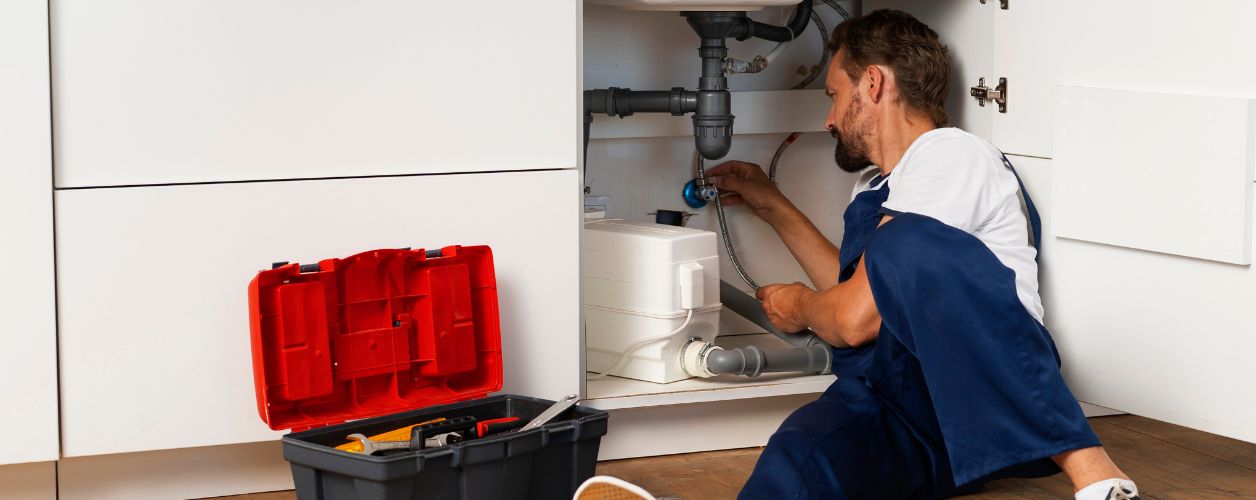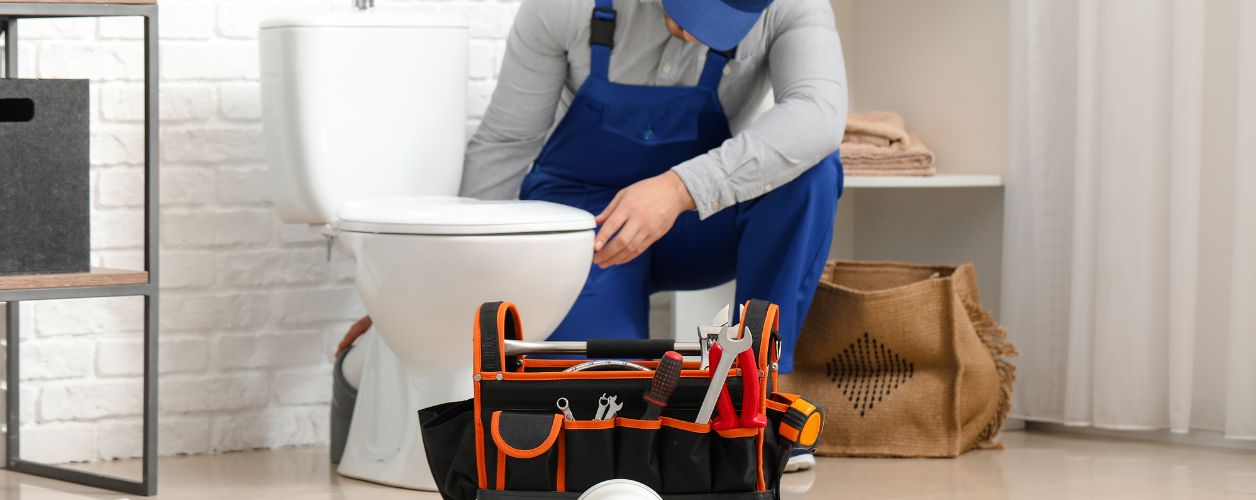Get free quotes within minutes

Plumbing checks prevent safety issues in the home. Heavy weather conditions and the age of plumbing units cause leaks, pipe corrosion, and dripping fittings. You can fix them early to avoid expensive repair work. It ensures that the plumbing units are in their best condition.
A slight adjustment to the plumbing system can keep the building efficient. Henceforth, investing in periodic checks and inspections is certainly a wise and preventive measure to save one's home and savings from ruin. You can focus on the 10 signs to confirm if you need a plumbing inspection now.
Carrying out a proactive inspection saves you a lot of money from serious damage and renders your home safe and efficient. Here are 10 signs that surely need a plumbing inspection, preferably now:
Intermittent low pressure can be an inconvenience, which is a symptom of plumbing trouble. Possible causes include:
Due to water quality issues and freezing temperatures, corrosion or scaling may occur faster in Canadian homes. Whenever your shower or faucet pressure slowly begins to give way, it is time to have it inspected by a pro to fix that problem for good.
Does it include:
More seriously, septic issues could mean anything from tree root infiltrations to pipe collapses. Frequent clogs, especially after the use of a plunger or drain cleaner, are a red flag. In freezing Canadian climates, freezing of drain lines can slow down draining. A plumbing inspection, along with a drain camera, can help find the actual problem and suggest a good remedy.
If you hear pipes banging, gurgling, whistling, or knocking whenever your plumbing is in use, do not ignore them.
Apart from pressure problems, these noises could be an early warning of structural pipe problems. In particular, during the winter months, expanding and contracting pipes in Canadian homes can worsen these sounds. An inspection will assure the system is secure and functioning properly.
Water should be clear and odourless. If brown, yellow, or reddish water is being observed, it could very well mean that rust is inside the pipes or inside the water heater tanks.
Water in Canadian municipalities is generally safe for use; any discoloration or odour when inside the house points towards a problem inside the plumbing. An inspection will bring forth corrosion, stagnant water, or any other water safety threats peculiar to the domestic system.
If the water bill shoots up with no increase in usage, it could mean there is a leak somewhere. The leak could be:
Even a tiny leak can waste hundreds of litres of water undetected and push up your utility bills strewn over months. Seasonal water rates or restrictions on water drawn from Municipalities (common in parts of Canada) would make this really costly, really fast. A professional plumber will be able to find and repair hidden leaks using modern technology, including infrared imaging or pressure testing, without breaking your walls.
Such signs are as follows:
These point to ongoing moisture intrusion, perhaps because of leaking pipes. Nature-wise, mould likes dark and damp places environment commonly found behind walls. If there is a plumbing leak, alongside harming the structure of your home, mould can cause respiratory problems. A plumbing inspector may find out what causes leaks so that subsequent damage can be kept at bay.
It might not seem all that urgent, but a toilet that is constantly running can waste thousands of litres of water in the course of an entire year. Common culprits include:
Leaks around the toilet base might indicate that the seal is failing or that the floor is damaged. Such water wastage also causes rot to finish off the floor. In parts of Canada where freezing episodes are quite common, it can cause complete damage if there are leaks unnoticed. An inspection ensures that your toilet is working at peak performance with no leaks.
If your home is more than 20–30 years old, the plumbing may be installed with:
Homes older than 30 years in Canada, particularly homes constructed before the '90s, shall not conform to the present plumbing codes. Wanting to protect your home and health, one should opt for a full plumbing inspection on materials, their condition, their operability, and their safety, with recommendations given for upgrade and repair wherever necessary.
The Canadian winters are characterized by freezing temperatures that:
If you have had frozen pipes before or you think that, somehow, you have vulnerable areas (basement or crawlspace), have them inspected before the winter season. A pipe inspector can advise on insulation, rerouting, or some other preventative procedures that will save you from heavy repairs and water damage.
If tears of sewer or musty smells greet one from drains, toilets, or basements, these may indicate:
Sewer gases like methane are flammable and toxic in large concentrations and tend to cause a lot of discomfort to the extent of being unsanitary. It is not a DIY job; a licensed plumber is necessary to inspect and locate the problem and make sure proper venting and drainage are done, especially in older, very wooded Canadian neighbourhoods where tree roots may get into sewer lines.
In Canada, the average plumbing inspection charge falls within the range of $150 to $500. In Ontario and British Columbia, it usually wavers between $200 and $400, whereas for provinces such as Alberta or Quebec, the price may be a little less.
The cost affecting factors are property size, age of plumbing, depth of inspection(visual inspection or camera inspection), and location(urban or rural). Additional services, such as water pressure testing or drain camera inspections, can raise the price.
Licensed plumbers usually promise great work, and possibly bad work that results in expensive repairs might get cleared; thus, a worthy investment for home maintenance is having inspections done.
Initial Consultation:
Main concerns are discussed, and basic information is gathered.
Visual Inspection:
Pipes, fixtures, and appliances are checked for visible damage or leaks.
Water Pressure Testing:
Measurements are made of the rates of flow and pressure levels throughout the home.
Drain and Sewer Evaluation:
Advanced cameras examine the condition inside pipes and the type of obstruction.
Leak Detection Tools:
Equipment emitting sound waves or infrared rays detects hidden leaks or moisture.
Report and Recommendations:
Findings are communicated along with suggestions for repairs or upgrades.
Cost Estimate:
An estimate is given if there are repairs to be done.
In order to ensure the safety and efficiency of taps, water motors, heaters, water pipes and other plumbing devices, a regular plumbing inspection should occur very often. Any apparent leak in one place, low pressure in the water system, or unusual noises could cause heavy repairs and lead to water damage if taken for granted. If you have noticed anything discussed earlier, it would be best to hire a licensed plumber. Immediate inspection will prevent minor problems from developing into major ones and will allow your plumbing system to function normally, for the good of both your home and your peace of mind.
